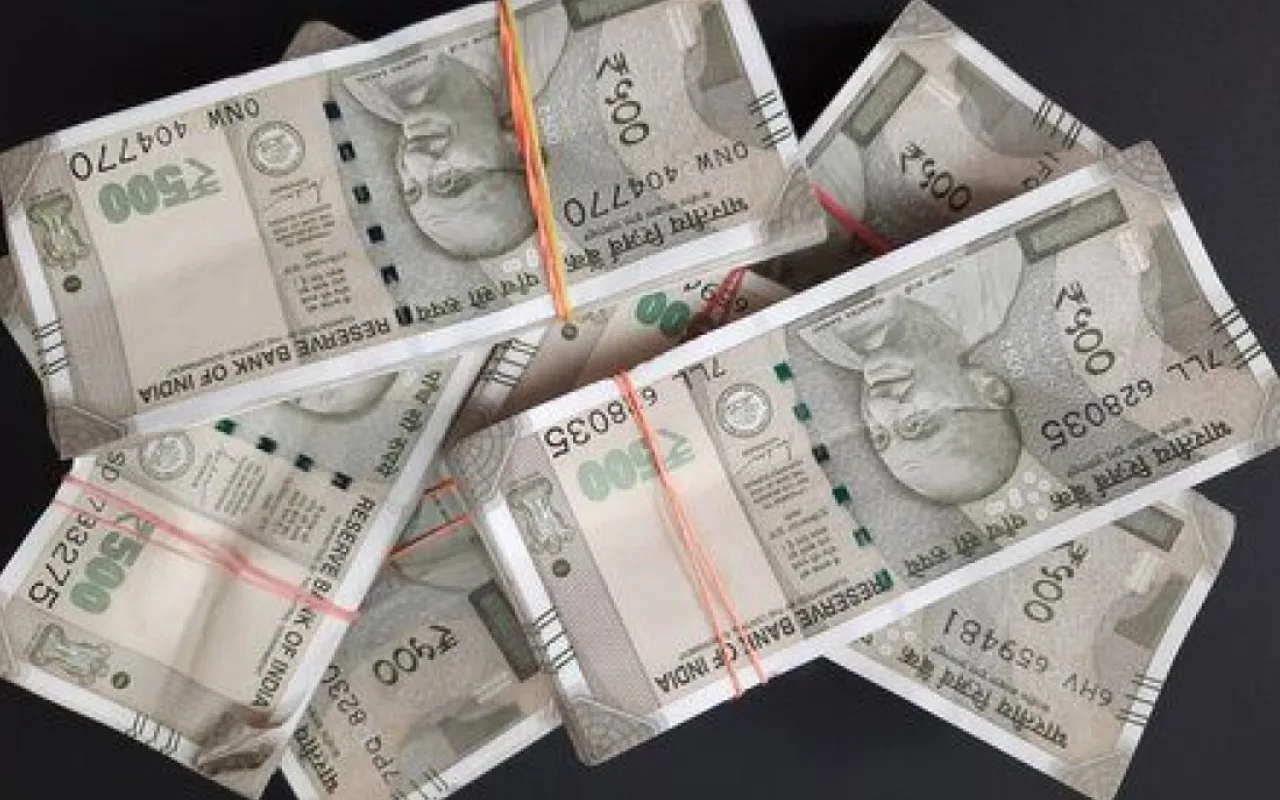When it comes to planning your child’s future, especially your daughter’s, you want to ensure she has a secure financial foundation. Two popular government-backed schemes in India, Sukanya Samriddhi Yojana (SSY) and Public Provident Fund (PPF), can be excellent options for this purpose. But which one is right for you? Let’s delve into the key features of both schemes to help you make an informed decision.
Eligibility & Functionality:
- Sukanya Samriddhi Yojana (SSY): This scheme is specifically designed for the well-being of the girl child. An account can be opened for a girl child up to 10 years old. Only one account can be opened per girl child, and the account matures 21 years after opening it or when the girl turns 21 (whichever is later). Partial withdrawals are allowed for higher education purposes only after the girl child turns 18.
- Public Provident Fund (PPF): Unlike SSY, PPF is open to anyone – individuals, regardless of gender or age. You can contribute towards your own PPF account or for a minor (up to 18 years old). The account matures after 15 years, with an option to extend it further in blocks of 5 years. Partial withdrawals are allowed after the initial 5 years, subject to certain conditions.
Interest Rates & Tax Benefits:
- Interest Rates: Both SSY and PPF offer attractive interest rates, currently higher than most traditional savings options. The interest rates are reviewed quarterly by the government and are subject to change. As of today (March 29, 2024), SSY offers 7.6% interest per annum, while PPF offers 7.1%.
- Tax Benefits: Both schemes come with the benefit of tax exemption under Section 80C of the Income Tax Act. Contributions made towards the scheme qualify for deduction from your taxable income, up to a maximum of Rs. 1.5 lakh per year. Additionally, the interest earned and the maturity amount are also tax-free.
Investment & Flexibility:
- Investment: SSY allows a minimum deposit of Rs. 250 and a maximum of Rs. 1.5 lakh per year. However, at least one deposit needs to be made in a financial year to keep the account active. PPF also allows a minimum deposit of Rs. 500 and a maximum of Rs. 1.5 lakh annually.
- Flexibility: SSY offers limited flexibility compared to PPF. Deposits can be stopped after 14 years, but the account remains active till maturity (21 years). Partial withdrawals are allowed only for higher education after the girl turns 18. On the other hand, PPF offers more flexibility. You can extend the account maturity in blocks of 5 years after the initial 15-year period. Partial withdrawals are also allowed after the initial 5 years, subject to conditions.
Choosing the Right Scheme:
The best choice for you depends on your specific goals and circumstances. Here’s a quick guide:
- Choose SSY if: You have a girl child below 10 years old and want a scheme specifically designed for her future needs like education or marriage. You are comfortable with a longer lock-in period and limited withdrawal options.
- Choose PPF if: You are looking for a more flexible saving option with the ability to extend the maturity period and make partial withdrawals. You are open to investing for anyone, regardless of age or gender.
Remember: Both SSY and PPF are excellent government-backed schemes offering attractive interest rates and tax benefits. Carefully consider your goals, investment horizon, and the needs of the beneficiary before making your decision. You can even consider investing in both schemes to create a well-diversified portfolio for your child’s future.



